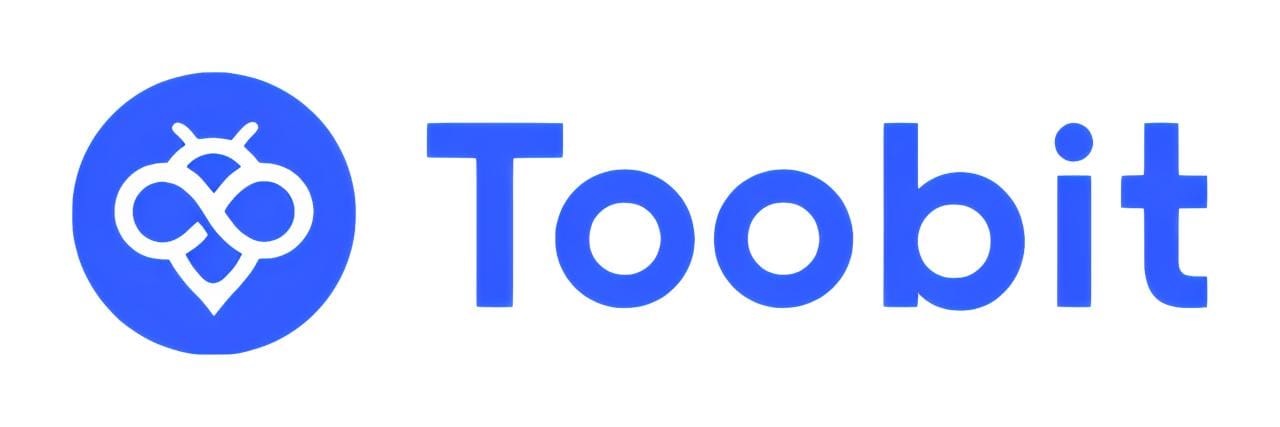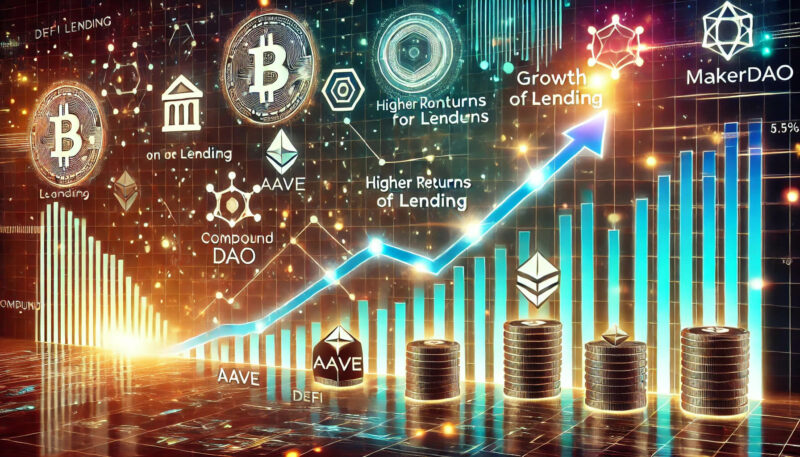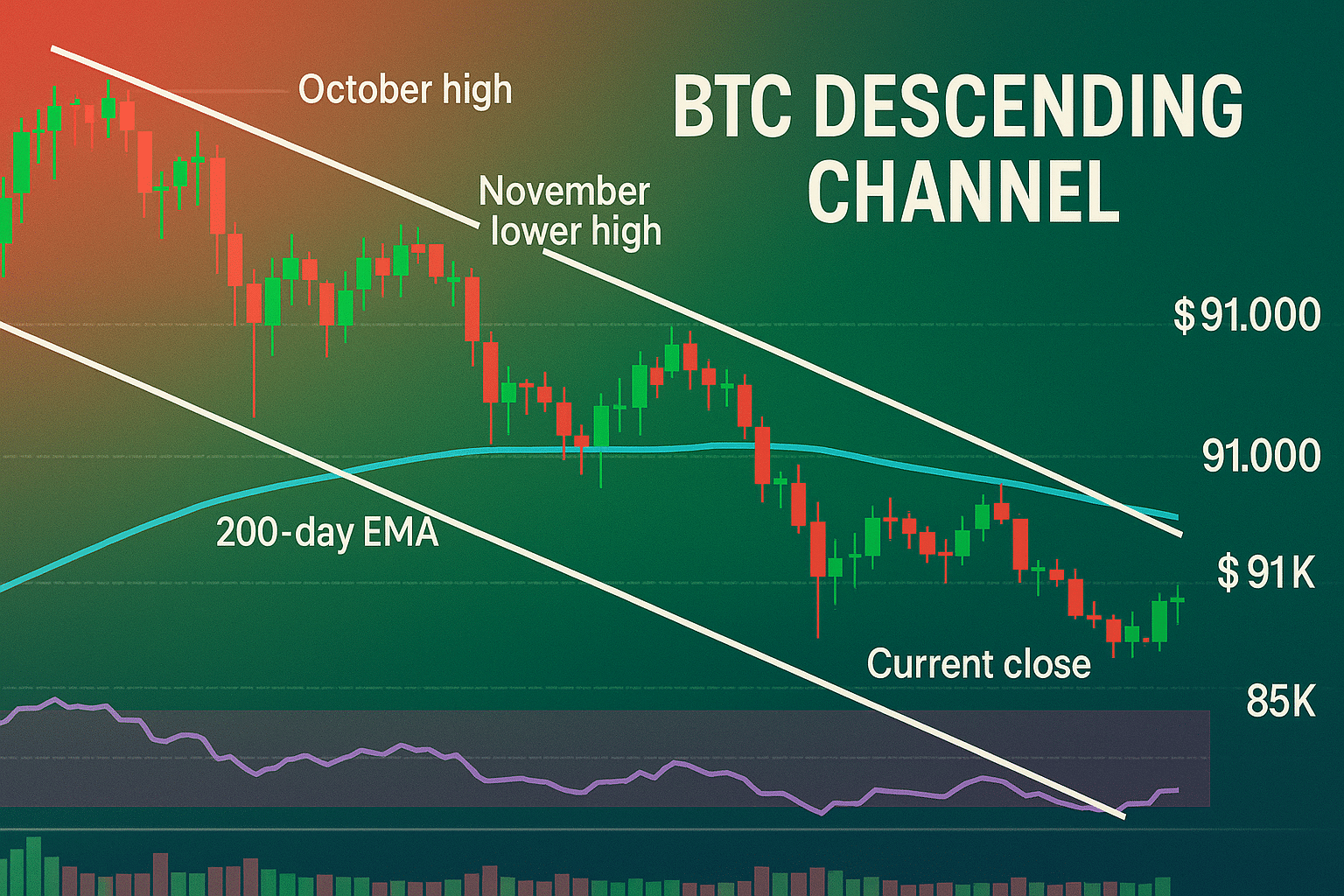The financial industry has undergone a significant transformation in recent years with the rise of decentralized finance (DeFi). At the heart of this revolution are DeFi lending and borrowing platforms, which aim to create an open and permissionless financial system for everyone. By leveraging blockchain technology, DeFi enables users to lend and borrow without intermediaries, like banks or traditional lending institutions.
As we look ahead, the future of DeFi lending and borrowing holds exciting possibilities. From enhanced accessibility and transparency to increased innovation through smart contracts, decentralized lending offers the potential to reshape financial services worldwide. In this article, we’ll explore what the future holds for DeFi lending and borrowing and why this space is growing so rapidly.
What is DeFi Lending and Borrowing?
DeFi lending platforms allow individuals to lend their cryptocurrency assets to others in exchange for interest. On the other side, DeFi borrowing enables individuals to take out loans by offering crypto collateral. Both processes are facilitated by smart contracts—automated code on the blockchain that executes transactions once conditions are met.
Unlike traditional finance, which requires intermediaries like banks to approve loans and manage capital, DeFi operates without centralized authorities. This decentralization reduces costs, makes the process more efficient, and democratizes access to lending and borrowing services.
Why DeFi Lending and Borrowing Are Disrupting Traditional Finance
DeFi lending and borrowing have gained popularity for several reasons:
1. Elimination of Middlemen
Traditional lending involves intermediaries, like banks, who take a portion of profits and control the terms. With DeFi, smart contracts automatically execute lending and borrowing agreements without intermediaries, allowing users to interact directly with one another. This disintermediation leads to lower costs and higher returns for both lenders and borrowers.
Example: A user with cryptocurrency assets can lend their tokens on a DeFi platform like Aave or Compound, earning interest without needing to go through a bank. The borrower deposits collateral in the form of crypto, and the smart contract handles the entire loan process.
2. Higher Returns for Lenders
DeFi lending platforms often offer higher interest rates than traditional banks. Lenders can earn attractive yields on their assets due to the absence of intermediaries taking fees. Moreover, the global and permissionless nature of DeFi allows users from anywhere to participate, increasing the capital available for lending.
Example: While a traditional bank may offer a savings account with a 0.5% annual interest rate, a DeFi platform like Compound might offer 5% or more for lending stablecoins such as USDC or DAI.
3. Improved Access to Capital
DeFi is transforming how people access capital, particularly in regions with limited financial infrastructure. Since DeFi operates on public blockchains, anyone with an internet connection and cryptocurrency can access these services. This can be a game-changer for individuals in developing countries where traditional banking services are scarce or inaccessible.
Example: A user in a country with a weak banking system can use their smartphone to access DeFi platforms like MakerDAO, where they can deposit crypto as collateral and borrow against it.

4. Transparency and Security
Every transaction in DeFi lending and borrowing is publicly recorded on the blockchain, providing complete transparency. Smart contracts are open-source, meaning anyone can review the code to ensure it’s secure. This transparency reduces the risk of fraud and creates a trustless environment where users don’t need to rely on third parties to guarantee the safety of their funds.
The Future Trends in DeFi Lending and Borrowing
As DeFi continues to grow, several trends will shape the future of decentralized lending and borrowing.
1. Expanding Asset Classes for Lending and Borrowing
Currently, most DeFi lending platforms revolve around cryptocurrencies. However, the future could see the expansion of tokenized assets, including real estate, stocks, and commodities, as collateral for loans. This would allow DeFi to branch into traditional finance markets and offer even more diverse lending and borrowing opportunities.
Example: Platforms like Synthetix already allow users to trade synthetic assets, which are tokens pegged to real-world assets like gold or stocks. In the future, these tokenized assets could be used as collateral in DeFi loans, providing even more flexibility for users.
2. Cross-Chain Lending
Currently, many DeFi platforms are siloed on specific blockchains, such as Ethereum. But with the rise of cross-chain technology, we will likely see cross-chain lending and borrowing become more common. This will allow users to borrow on one blockchain while using assets from another, enhancing liquidity and making DeFi more efficient.
Example: A user could borrow stablecoins on the Ethereum blockchain using collateral from the Binance Smart Chain (BSC) or Solana. Platforms like ThorChain and Polkadot are already working on cross-chain compatibility, which will open up new possibilities for DeFi lending.
3. Integration of DeFi with Traditional Finance (CeFi)
As DeFi grows, we can expect to see more integration between decentralized finance and centralized finance (CeFi). This hybrid approach could bridge the gap between traditional banking and DeFi, allowing users to borrow or lend assets seamlessly between both worlds.
Example: Centralized exchanges like Coinbase or Binance may begin integrating DeFi protocols directly into their platforms, offering users the ability to access both traditional financial services and decentralized ones in a single interface.
4. Increased Regulation
As DeFi becomes more prominent, governments worldwide will likely introduce regulatory frameworks to govern decentralized lending and borrowing activities. While regulation can provide more legitimacy and security to the industry, it may also pose challenges for DeFi projects aiming to remain fully decentralized.
Example: Some countries are already exploring regulations for decentralized exchanges (DEXs) and lending protocols to prevent money laundering and ensure consumer protection. Clear regulations could attract more institutional investors to DeFi, helping the sector mature further.
Challenges Facing DeFi Lending and Borrowing
Despite its rapid growth, DeFi lending and borrowing face challenges that could affect its future.
1. Volatility and Liquidation Risks
Crypto assets are notoriously volatile, which can create risks for both lenders and borrowers. If the value of a borrower’s collateral drops too much, they risk being liquidated, which can lead to significant losses. As DeFi platforms grow, finding solutions to manage volatility will be critical to their long-term success.
2. Smart Contract Vulnerabilities
While smart contracts remove the need for intermediaries, they are not without risks. Bugs in the code or security vulnerabilities can lead to loss of funds, as seen in some high-profile DeFi hacks. More rigorous testing and auditing of smart contracts will be necessary to ensure the safety of users’ funds.
3. Regulatory Uncertainty
Governments have begun taking a closer look at DeFi, and while regulation could bring legitimacy, it may also stifle innovation. DeFi projects will need to navigate evolving regulatory landscapes while preserving the decentralized nature that makes them unique.
Conclusion: A Decentralized Future
The future of DeFi lending and borrowing is incredibly promising. With innovations in smart contracts, cross-chain compatibility, and tokenized assets, DeFi is poised to revolutionize how we lend, borrow, and manage capital. However, challenges related to security, volatility, and regulation will need to be addressed as the industry continues to grow.
Ultimately, DeFi offers a more accessible, transparent, and efficient alternative to traditional financial systems, and as adoption increases, it may become a key pillar of the global economy.
For more insights and detailed guides on DeFi lending and borrowing, visit our DeFi Lending and Borrowing Guides.
Stay Updated
For the latest updates on DeFi trends and innovations in lending and borrowing, follow us on:
Stay informed with the latest strategies and insights in the world of DeFi at FreeCoins24.io.
Special Offer
Interested in exploring decentralized finance platforms? Sign up on Bybit today and earn up to $30,000 in deposit bonuses. Start your DeFi journey with confidence!

















